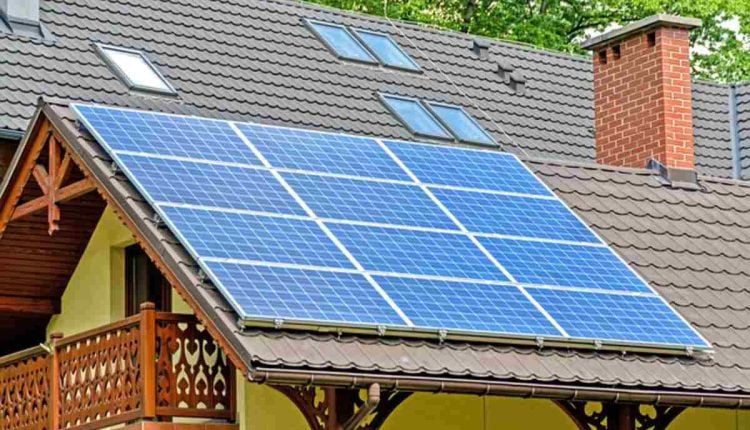I’ve been interested in electronics and solar power since I was a child. How does it function, and more importantly, how do I put it to use?
In 1839, scientists had their first successful solar power experiment. One Christmas tree light may be powered by the energy generated, but I doubt it.
It would need equipment around the size of the Queen Mary II to generate enough energy to charge the batteries in a modern solar-powered home.
People who read my articles and visit my website sometimes ask me what they should consider while creating a Solar Power home. In this piece, I’ll explain why I think solar panels are the system’s most crucial component.
How to select suitable solar panels for domestic use is a common topic of inquiry in the solar energy community. Some of the things to think about are as follows:
Expenses Related to Solar Arrays
The Panels’ High Level of Efficiency
Third, the panels’ sturdiness
4 Characteristics of Various Solar Cells
Those are the four main criteria you should use to evaluate potential solar panel suppliers for your home. You should also give serious thought to the following other factors:
Expert advice, as well as that of friends, family, coworkers, and acquaintances who have already installed solar panels.
How a Solar Panel Produces Energy
Many solar cells are electrically linked and encased in a module to form a solar electric panel. A Solar Panel is the name for this component.
Glass is commonly used to cover the front (sunny side up) of solar electric panels or photovoltaic modules (PV), allowing light to pass through while shielding the semiconductor elements from environmental hazards.
Electrons are liberated when solar photons strike the solar cell. The electrical contacts pick them up as they travel through the silicon. Direct current (DC), such as that found in a standard battery, carries them down the circuit. After passing through the load (a device that uses the electricity), the current returns to the solar cell via the negative terminal.
During daylight hours, you can use this DC to power any device requiring a 12-volt DC source.
Related Posts
In addition, solar cells are typically coupled in series in modules, which results in an additional voltage. A more significant current can be generated by linking solar panels’ cells in parallel.
Panels are typically erected on rooftops or in open places with optimal sunlight exposure; the greater the number of panels, the more power is generated.
This is done so that the Panels can soak up as much sunlight as possible. Solar electric panels come in various sizes to accommodate residential and commercial energy needs.
Inverters are commonly used to connect solar panels to the power grid, where others can use the electricity. Solar storage batteries store excess energy generated by solar panels in stand-alone systems. This energy can be used later, even if the sun isn’t shining.
Portable electronics can also be charged or powered by solar panels.
Solar modules, also known as solar panels, are the building blocks of a solar electric system. The amount of electricity your system generates depends on the specific configuration you choose.
The amount of energy you need to recharge your system during daylight hours will decide how many solar panels you’ll require. If you have a 12V system and need to replenish your batteries by 100A/h every day, and there are 8 hours of daylight in a day, then you will require…
Power output from solar panels is 150W for a 12V 100AH battery.
Even a modest house or cottage with only 150W of solar panels may get by. You’d need 180W of solar panels because it’s best practice to overestimate your needs by at least 20% constantly.
Now that you know what to look for, it’s time to shop for Solar Electric Panels.
It is now your turn to speak.
Please click the link below for detailed explanations and my recommendations for solar panel purchasing. We appreciate your taking the time to read this.
Read also: Smartphones Playing With Your Privacy.


